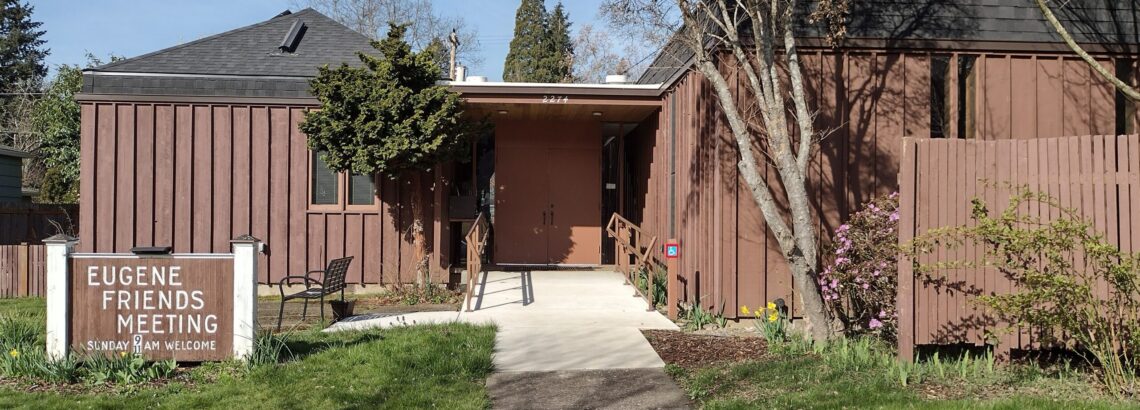
As I said last week, President Biden has signed an executive order on Strengthening the Nation’s Forests, Communities, and Local Economies, which calls for a review of forest management practices on federal lands, especially the mature and old-growth forests. This executive order pertains to National Forests, not state or private lands, and specifically calls out the two biggest federal forest managers, the Bureau of Land Management (BLM) and US National Forest Service (USFS) to:
- Coordinate wildfire risk reduction activities.
- Develop policies to institutionalize climate-smart management that addresses threats to mature and old-growth forests on Federal lands.
- Meet reforestation targets by 2030.
- And develop “recommendations for … economic development opportunities to create and sustain jobs in the sustainable forest product sector … and in outdoor recreation, while supporting healthy, sustainably managed forests in timber communities.”
In response, the U.S. Forest Service is conducting a National Forest Plan Review, and will amend the plans used to manage all 128 of its forests in one fell swoop.
What does this mean for Oregon Forests? It means our Northwest Forest Plan, enacted in 1994, is up for review.
Some history: Many of us remember the Endangered Species listings in the early 1990’s of the northern spotted owl, marbled murrelet, and many stocks of salmon, coming after decades of unsustainable clearcutting and road-building had radically altered forest ecosystems and watersheds. The Northwest Forest plan (NWFP) was enacted then as a compromise solution, aiming to protect old-growth forests and stream habitat, while still facilitating logging on public lands.
In an article about Amending the Northwest Forest Plan, Oregon Wild says,
“Since the Plan came online, it has led to great progress in restoring some of the damage done by decades of unsustainable logging – protecting drinking water, keeping other wildlife off the endangered species list, restoring salmon runs, stabilizing the climate, and improving quality of life which is the foundation of the growing regional economy.”
The article goes on to describe key components of the plan, the progress it has allowed, as well as some of its limits.
“The NWFP immediately slowed old-growth liquidation, brought improved management to federal forests within the range of the northern spotted owl … and the agencies are largely meeting their timber production targets by thinning in previously clearcut plantations rather than cutting mature and old-growth forests.
However, the plan is far from perfect. Some of the last remaining older forests remain unprotected. Logging of mature and old-growth forests is still allowed in “matrix” areas, and the Forest Service is exploiting loopholes to allow logging of old forests even within reserves. Logging and road building is allowed in many ecologically critical areas, including municipal watersheds, unroaded areas, and complex young forests recovering from fire. It also placed high expectations on timber production from these public lands.”
Queries:
- How can we be faithful spokespeople for the forests, and also have compassion for the families who depend on the forest industry?
- How can we weed out our own complicity in the degradation of forests?
NEXT WEEK: Taking points, and a postcard writing party for Quakers!


